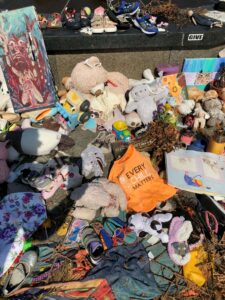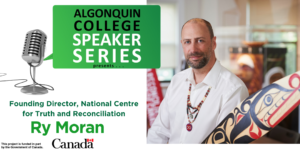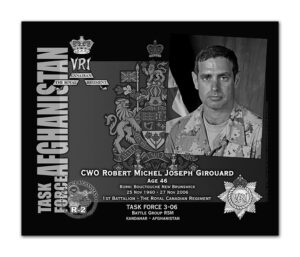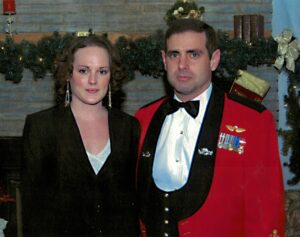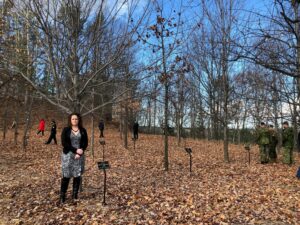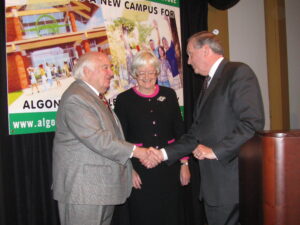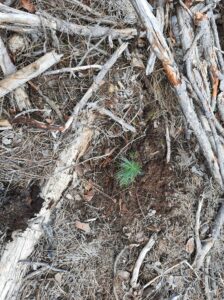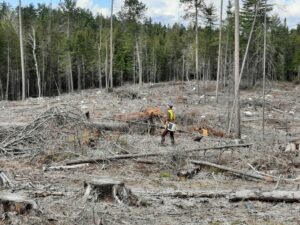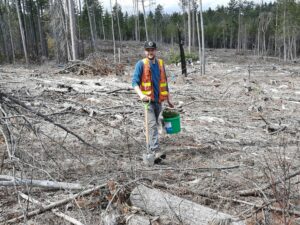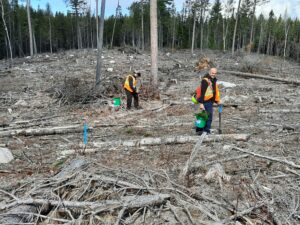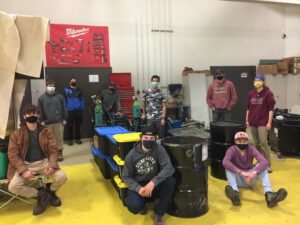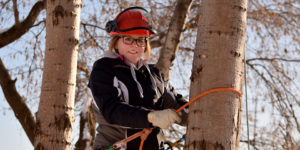Jason Blaine hadn’t performed with his band since July of 2019. That changed this week when Blaine returned to his hometown of Pembroke to host his annual charity concert and golf tournament. Instead of a two-day event, it was scaled back to a one-day, nine hole event that included a nighttime outdoor concert at the Pembroke Golf Club. It had to be that way because of the restrictions that are necessary during the COVID-19 pandemic.
There are few industries that know more about the impact of the pandemic than entertainment, but as the world slowly re-opens and fairs, festivals and concerts are again permitted, Blaine can see a light at the end of the tunnel. After cancelling his charity event last year, he was thrilled to be back home and doing what he loves-performing on a stage.
“It’s been an emotional rollercoaster. It’s not just the music and the fans that you miss, it’s the camaraderie of making music together. It’s feels so great to be home,” says Blaine.

Blaine established his charitable fund 8 years ago. It evolved into a signature event in the Ottawa Valley attracting other Canadian Country recording artists from across the country including Dallas Smith, Kira Isabella, Chad Brownlee, Tebey, Gord Bamford and Aaron Pritchett. With plenty of star power and a lot of community support the charity has raised more than a half-a-million dollars for local organizations including Algonquin College’s Pembroke Waterfront Campus.
Despite the modified format this year, the return of the event was a huge success, raising $87,000 all of which will be invested in community organizations and special projects in the Pembroke area.
“This event has become really special to me. It provides me with a purpose, adds an extra value to the music and what I do. I try to make as big an impact as I can with the music, especially seeing the impact it has had on the community,” says Blaine who from day one wanted to support youth and mental health causes.
He has delivered on that promise, committing $100,000 to the building fund for the Waterfront Campus and an additional $100,000 to establish an endowment to support college students in financial need. As a Business graduate of the Pembroke Campus, Blaine continues to give back to his alma mater, placing a high priority on supporting access to post-secondary education in his charitable giving.
“It is so great to see the endowment fund growing and students benefitting from it. Having Algonquin College in the heart of Pembroke has brought an energy and a revitalization to the community,” says Blaine who has also been generous with the Pembroke and Area Boys and Girls Club and the Robbie Dean Family Counselling Centre.
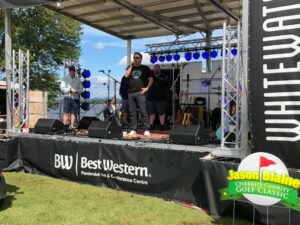
He and his wife, Amy, also an Algonquin College graduate, live just outside Nashville, Tennessee where they are raising four children. Blaine moved to the United States to kick start his music career after graduating from Algonquin College where he started to write his own songs. Since then he has recorded several top hits including: They Don’t Make ‘Em Like That Anymore, Cool, Spotlight and Rock in My Boot.
One thing that is clear is that Blaine has never forgotten his roots. It’s where he first picked up a musical instrument as a little boy and set forth a plan to become a musician. He’s fulfilled that dream and at least for one day he was happy to be back on stage in his hometown.
(Posted by Jamie Bramburger, Manager of Community and Student Affairs at the Pembroke Waterfront Campus)





